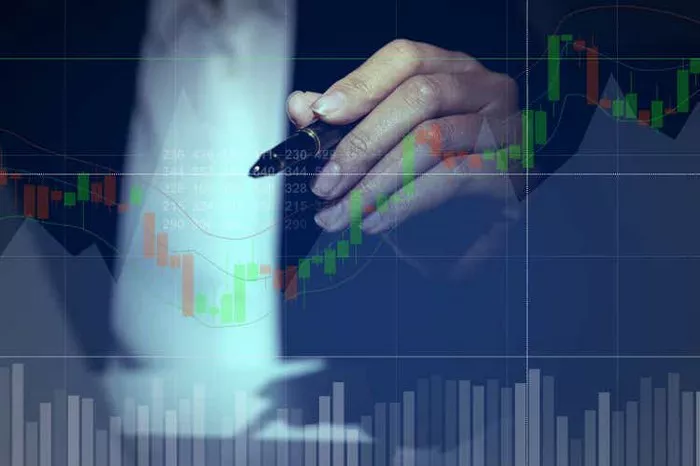In the vast arena of commodities trading, cattle futures serve as a cornerstone for producers, processors, traders, and investors seeking to manage price risk associated with the buying and selling of cattle. Central to engaging in cattle futures trading is understanding the symbols that represent these contracts. This article aims to provide a comprehensive overview of the symbols used for cattle futures, their significance, and the dynamics that drive this crucial segment of the commodities market.
Introduction to Cattle Futures
Cattle futures are derivative contracts that enable participants to buy or sell a specified quantity of cattle at a predetermined price on a future date. These contracts provide a mechanism for hedging against adverse price movements in the cattle market, thereby allowing stakeholders to mitigate the impact of market volatility on their operations and investments.
Understanding Futures Symbols
Futures symbols serve as shorthand identifiers for specific futures contracts traded on exchanges worldwide. These symbols are composed of alphanumeric characters that convey essential information about the underlying asset, contract specifications, and expiration month.
Components of a Futures Symbol
A typical futures symbol consists of several components:
Root Symbol: The root symbol represents the underlying asset or commodity. For cattle futures, the root symbol typically consists of one or more letters that denote the type of cattle being traded.
Month Code: The month code indicates the expiration month of the futures contract. Each month is assigned a unique letter code, ranging from “F” for January to “Z” for December.
Year Code: The year code denotes the expiration year of the futures contract. It is typically represented by the last digit of the year.
Contract Size: Some futures symbols include a numerical value to indicate the contract size or quantity of the underlying asset.
Symbols for Cattle Futures
The symbols used for cattle futures vary depending on the exchange where the contracts are listed. Two primary exchanges in the United States—Chicago Mercantile Exchange (CME) and the Intercontinental Exchange (ICE)—offer cattle futures contracts with distinct symbols:
Chicago Mercantile Exchange (CME): CME Group is one of the largest futures exchanges globally, offering a range of agricultural commodities, including cattle futures. The symbols for cattle futures on the CME typically follow a standardized format:
Live Cattle Futures: The symbol for live cattle futures on the CME is “LE,” where “L” represents live cattle, and “E” denotes the expiration month code.
Feeder Cattle Futures: Feeder cattle futures on the CME are represented by the symbol “GF,” with “G” indicating feeder cattle and “F” representing the expiration month code.
Intercontinental Exchange (ICE): ICE Futures U.S. provides electronic trading platforms for various commodities, including livestock futures. The symbols for cattle futures on ICE follow a similar format to those on the CME:
Live Cattle Futures: On ICE, live cattle futures are denoted by the symbol “LC,” where “LC” stands for live cattle.
Feeder Cattle Futures: Feeder cattle futures on ICE are represented by the symbol “FC,” with “FC” indicating feeder cattle.
Significance of Futures Symbols
Futures symbols serve several crucial functions in the commodities market:
Identification: Symbols enable market participants to quickly identify specific futures contracts among a vast array of available instruments.
Contract Specification: Symbols convey essential details about contract specifications, such as the underlying asset, expiration month, and contract size, facilitating accurate trading and risk management.
Order Placement: Traders use symbols when placing orders to buy or sell futures contracts, ensuring that transactions are executed in the desired markets and contracts.
Market Analysis: Analysts and researchers use symbols to track and analyze price movements, trading volumes, and open interest in specific futures contracts, providing insights into market sentiment and trends.
Market Dynamics of Cattle Futures
Cattle futures markets are influenced by a myriad of factors that impact supply and demand dynamics, including:
Weather Conditions: Weather patterns, such as droughts or floods, can affect the availability and quality of cattle feed, subsequently impacting cattle prices.
Feed Prices: The cost of feed, such as corn and soybeans, directly influences the profitability of cattle production and, consequently, cattle prices.
Consumer Demand: Trends in consumer preferences and dietary habits influence demand for beef products, driving cattle prices higher or lower accordingly.
Government Policies: Government policies, subsidies, and regulations related to agriculture, trade, and food safety can have significant implications for cattle producers and, by extension, cattle prices.
Global Market Factors: Cattle futures markets are also influenced by global factors, such as currency exchange rates, international trade agreements, and geopolitical events that impact global supply and demand dynamics.
Conclusion
In conclusion, understanding the symbols used for cattle futures is essential for anyone involved in commodities trading, from producers and processors to traders and investors. These symbols serve as vital identifiers for specific futures contracts, conveying critical information about the underlying asset, contract specifications, and expiration month.
As participants navigate the complexities of the cattle futures market, they must remain attuned to the dynamic interplay of supply and demand forces, as well as the broader macroeconomic factors that influence cattle prices. By leveraging their understanding of symbols and market dynamics, stakeholders can make informed decisions and effectively manage price risk in the ever-evolving landscape of commodities trading.


